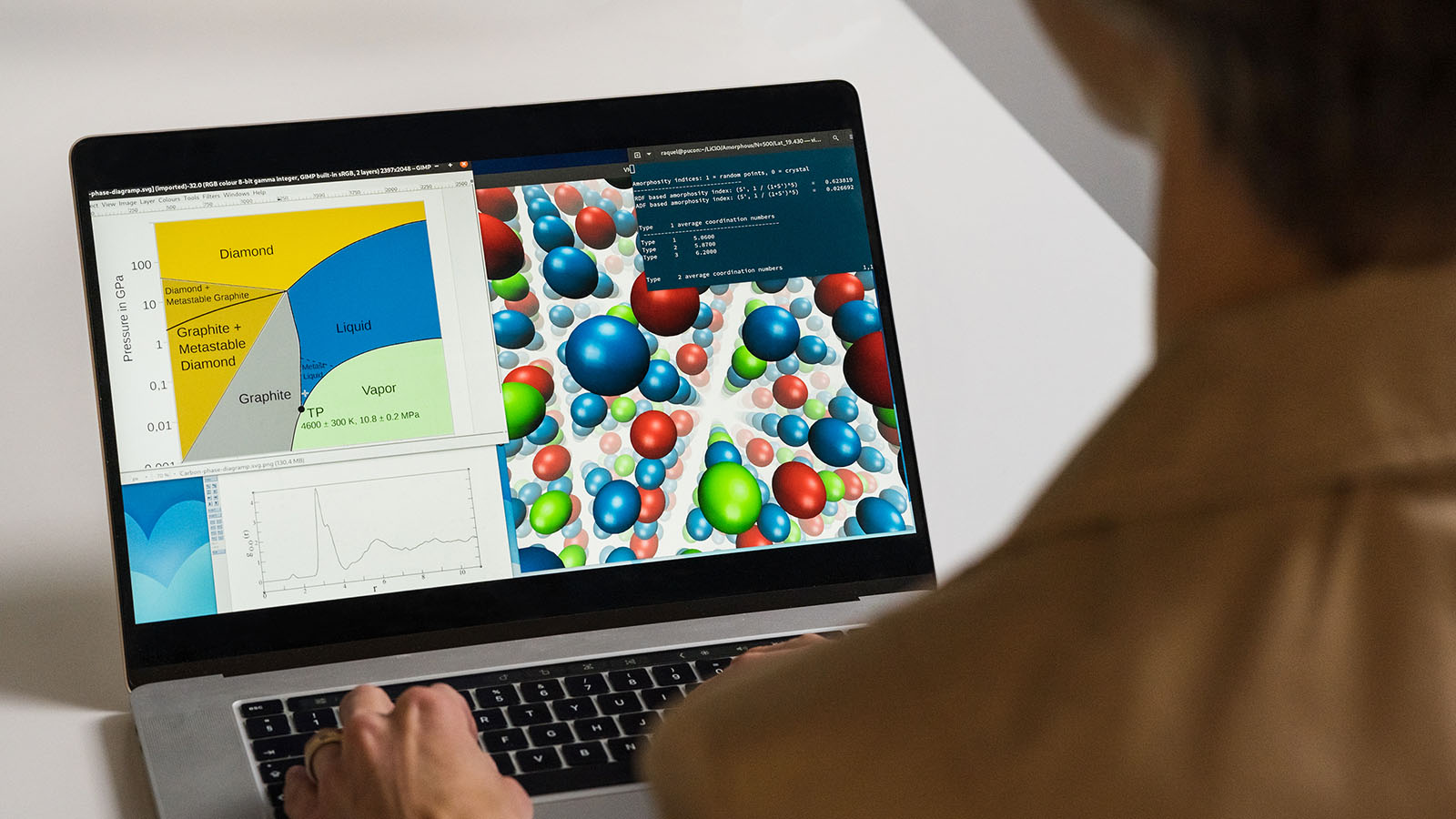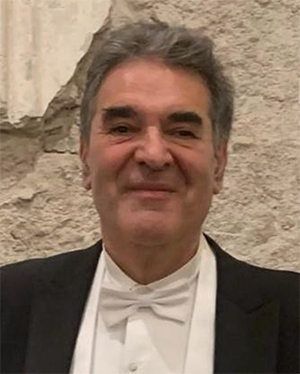Hillert Materials Modeling Colloquium series XVIII: Quantitative theory of magnetic interactions in solids

Listen to Professor Mikhail Katsnelson from Radboud University discuss both general methods for calculating exchange interactions responsible for magnetism, and their applications to electronic structure and magnetism of various groups of magnetic materials – like rare-earths and half-metallic ferromagnets. More specifically, he will discuss how earlier approaches can be reinforced within many-body theory and complex exchange interactions, which play a crucial role in several material phenomena.
Time: Tue 2024-01-16 15.00 - 16.00
Video link: https://kth-se.zoom.us/j/66554810534 Meeting ID: 665 5481 0534
Magnetic ordering and related phenomena are of essentially quantum and essentially many-body origin and require strong enough electron-electron interactions. Also, they are very sensitive to the details of electronic structure of specific materials. This makes a truly microscopic description of exchange interactions a challenging task. Long ago we suggested a general scheme of calculations of exchange interactions responsible for magnetism based on the “magnetic force theorem”. It was formulated originally as a method to map the spin-density functional to effective classical Heisenberg model, the exchange parameters turned out to be, in general, essentially dependent on initial magnetic configuration and not universal. However, they are directly related to the spin-wave spectrum and, thus, can be verified experimentally. This approach also lies in the base of “ab initio spin dynamics” within the density functional approach.
It is well known now that this scheme is, in general, insufficient for strongly correlated systems and should be combined with the mapping to the multiband Hubbard model and use of, say, dynamical mean-field theory (DMFT) to treat the latter. Our original approach can be reformulated within the DMFT. The method can be also modified to calculate Dzialoshinskii-Moriya interactions which play a crucial role in the phenomenon of weak ferromagnetism, in physics of magnetic skyrmions, and in magnonics/spintronics in general. I will discuss both general methods and their applications to electronic structure and magnetism of various groups of magnetic materials including elemental transition and rare-earth metals, half-metallic ferromagnets, transition metal oxides, molecular magnets, sp electron magnets, and novel two-dimensional magnetic materials.
Reference: A. Szilva, Y. Kvashnin, E. A. Stepanov, L. Nordström, O. Eriksson, A. I. Lichtenstein, and M. I. Katsnelson, Rev. Mod. Phys. 95, 35004 (2023)
Contact
